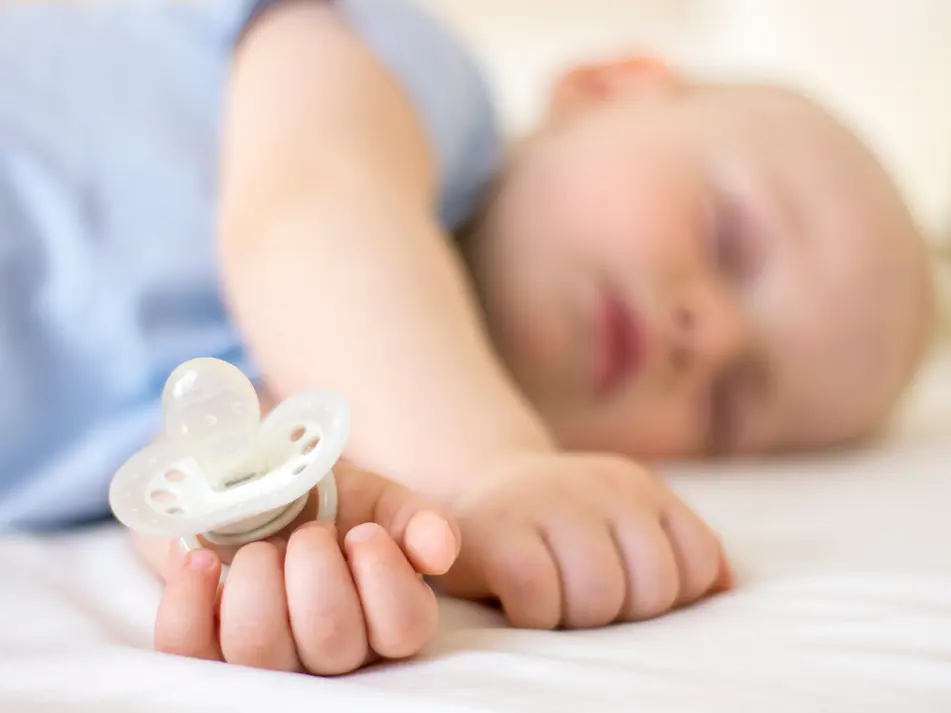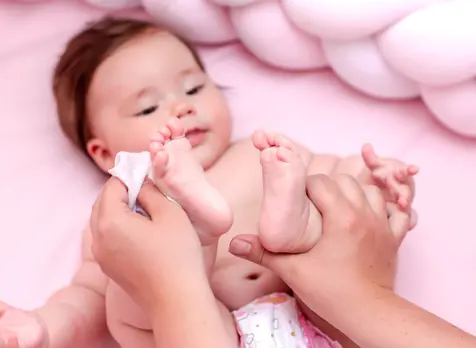Baby Dummies and Pacifiers

On this page
Using a dummy provides a baby with non-nutritive sucking which is a natural thing for babies to do and it often helps calm and soothe them. Dummies are also called pacifiers or soothers in some countries.
When to introduce dummies?
It is generally recommended that you wait until breastfeeding is established before introducing a dummy. This can take up to six weeks.
Once you've introduced the dummy and you're breastfeeding, only offer the dummy when you're sure your baby isn't hungry. This can help make sure it won't interfere with breastfeeding.
Babies that are being bottle fed can have a dummy from birth.
What are the pros and cons of dummies?
Professional and community opinion is divided about the use of dummies.
It can be a helpful tool in soothing some babies as it can have a calming effect on them. There is evidence that consistent use during sleep can reduce the risk of Sudden Infant Death Syndrome.
However dummies may not be suitable for all babies and there can be downsides. They include:
- developing a dependence on it for sleep (particularly if they can't find it during the night)
- a link to slightly elevated incidence of middle ear infections
Choosing to use a dummy is a personal decision.
What is the best dummy for a newborn?
When buying a dummy, make sure it meets Australian Standards. They must:
- Have a shield with ventilation holes to prevent suffocation if the entire dummy enters your baby’s mouth.
- Be strong enough not to break into small pieces that can cause a choking hazard.
- Not have strings or ties that could become wrapped around your baby’s neck. This has the potential to cause your baby to be strangled.
Newborn dummy safety tips
-
1
Check the dummy prior to giving it to your baby. Pull firmly on the teat while tugging on the dummy handle to make sure that it doesn't come apart under pressure.
-
2
Buy a new dummy at regular intervals as they weaken with use and cleaning.
-
3
Throw the dummy away and use a new dummy if you are concerned about its condition.
-
4
Ensure it isn't attached to a cord or chain which could cause strangulation.
-
5
Watch your baby to ensure they don’t put the whole dummy in their mouths.
-
6
Avoid using the dummy if your baby is teething or chewing. Chewing might cause damage to the dummy and cause it to be a choke hazard.
-
7
Don't let your baby walk around with a dummy in their mouth. If they fall over, it might cause a cut or abrasion.
When should a baby stop using a dummy?
Babies that rely heavily on dummy use during the day might have issues articulating words when they start speaking. Prolonged use (beyond the ages of 4 or 5) can also increase the likelihood of dental issues later in childhood.
When you choose to take away the dummy is up to you.









































